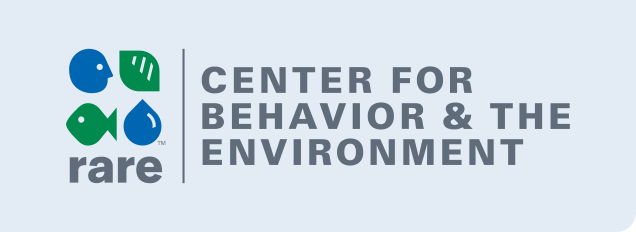Principles & Strategies
Make the target behavior observable
-
Publicly broadcast who has and has not engaged in the target behavior
-
Provide a way for people to show they are doing the target behavior
-
Encourage public commitments or pledges to drive the target behavior
Highlight others who are doing the target behavior
-
Share that people are currently doing the target behavior
-
Promote cases of success with the target behavior
-
Leverage credible and trusted messengers doing the target behavior
-
Facilitate peer or community exchanges where others can observe and gain support for the target behavior
Share social expectations about the target behavior
-
Provide visible indicators that signal support for the target behavior (e.g., hats, badges.)
-
Communicate that people think others should be doing the target behavior
-
Highlight the possibility of social sanctions for doing the problem behavior
-
Create situations in which people feel like they should reciprocate.
-
Create conversation around shared beliefs and expectations.
Tips:When highlighting descriptive norms (what behaviors people are doing), be sure that they clearly demonstrate desired behavior, as it can be counterproductive to highlight what people are not doing or that only a few people are doing the desired behavior. Also, while celebrities may seem like great and highly visible messengers, they tend to work best when they are trusted sources for the behavior, not just leaders of a trend. |

Community members pledge to uphold fishing regulations. Photo Credit: AG Sano
American utility platform Opower’s Home Energy Report is a real world case of social influences successfully leveraged for behavior change at the household level.

